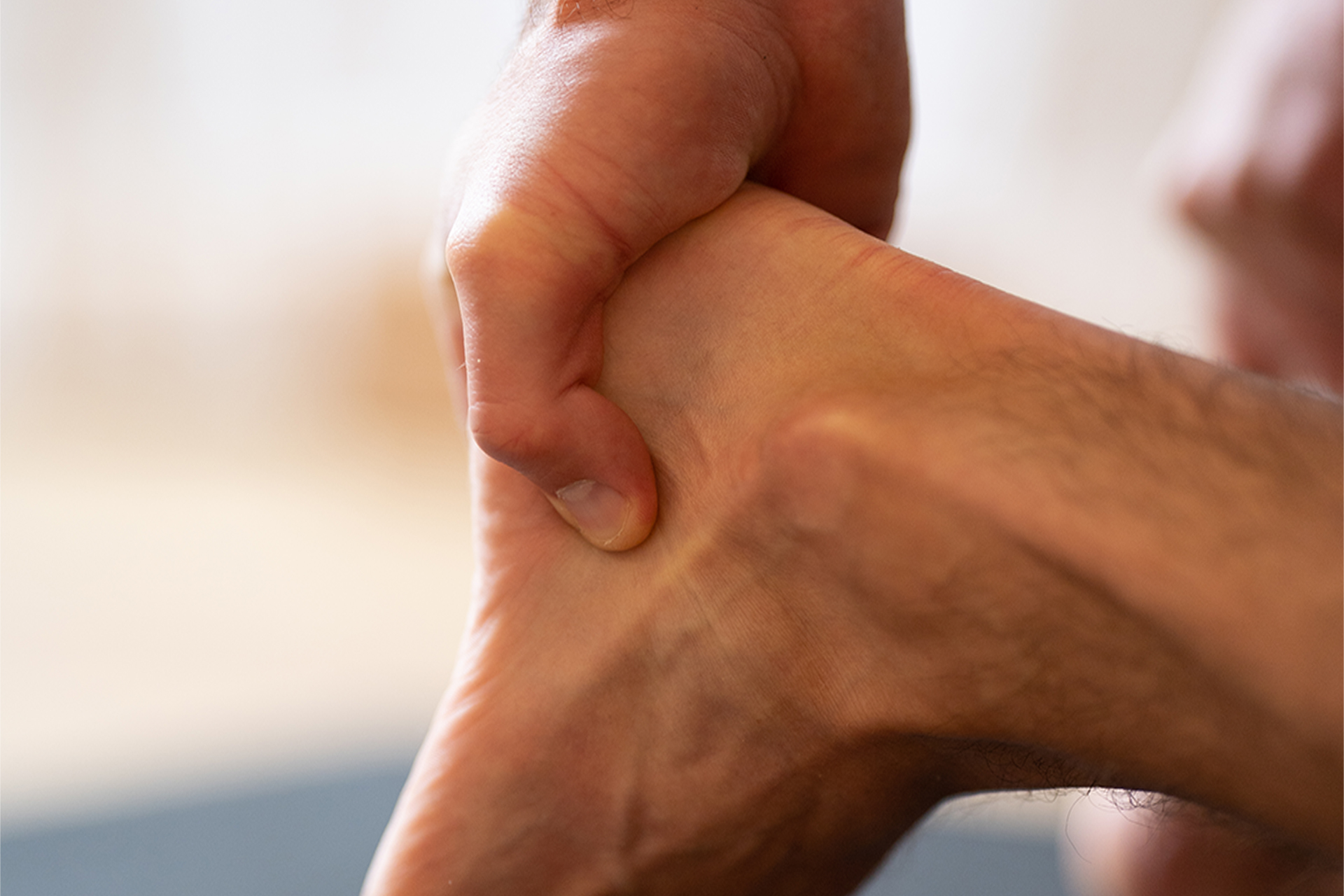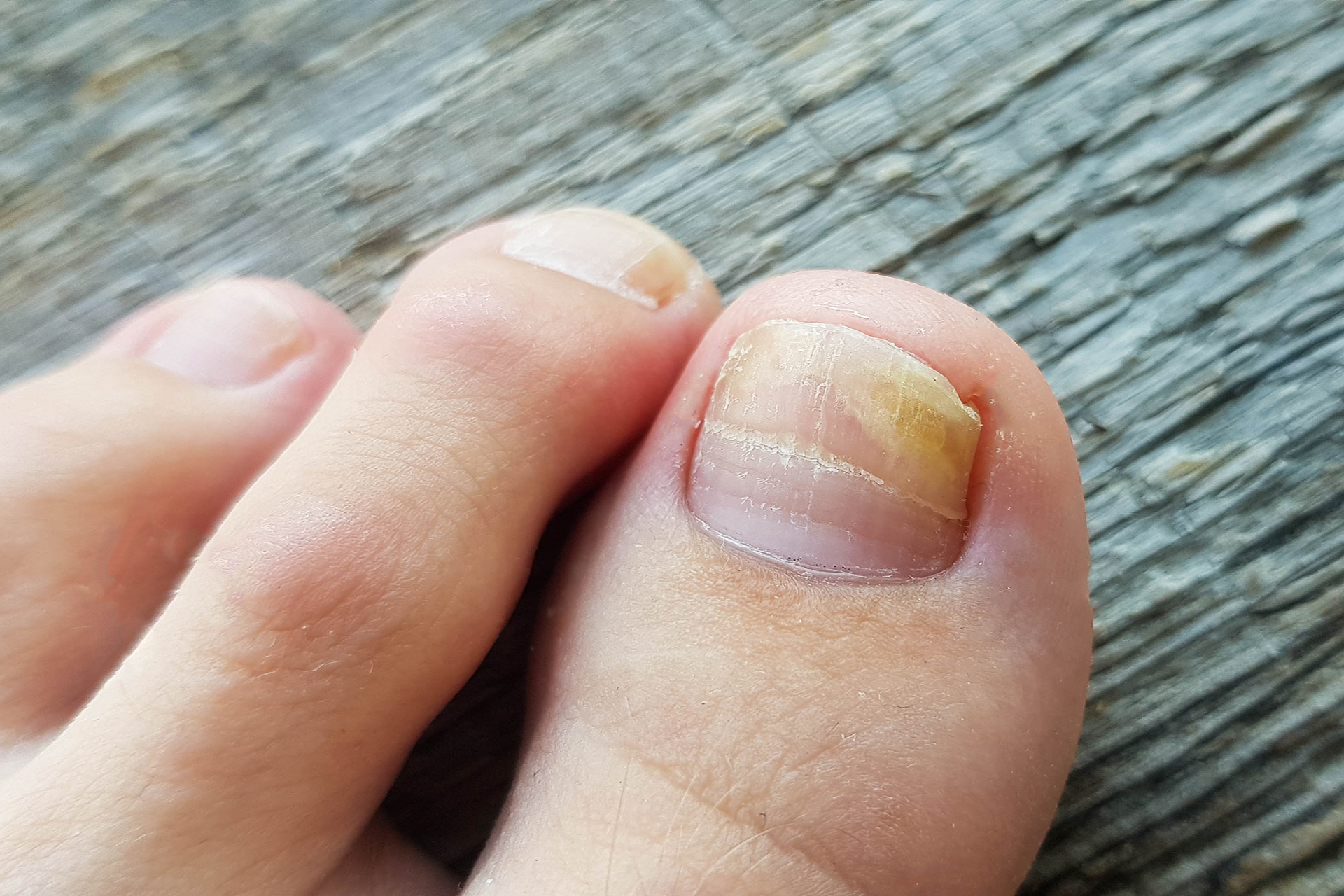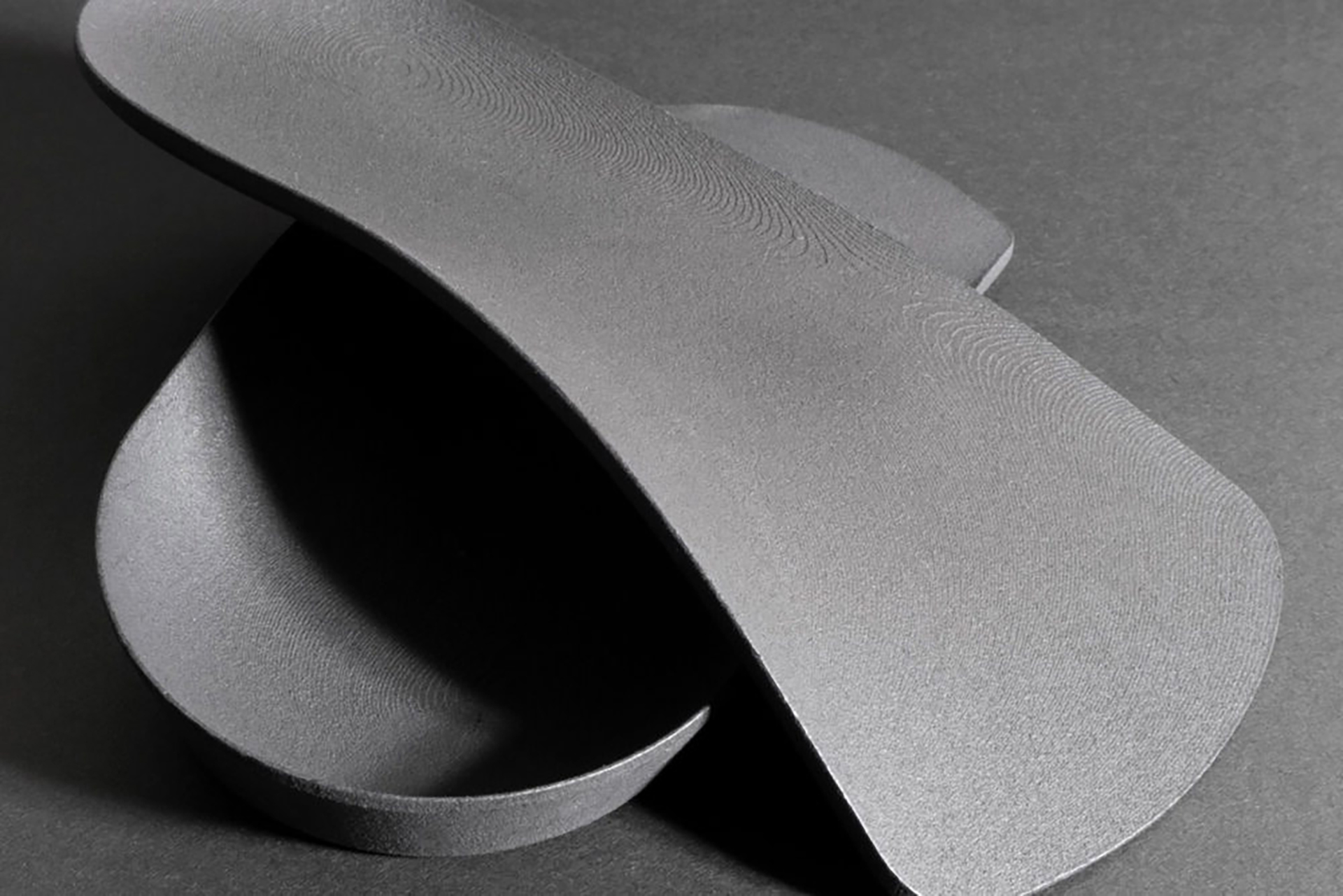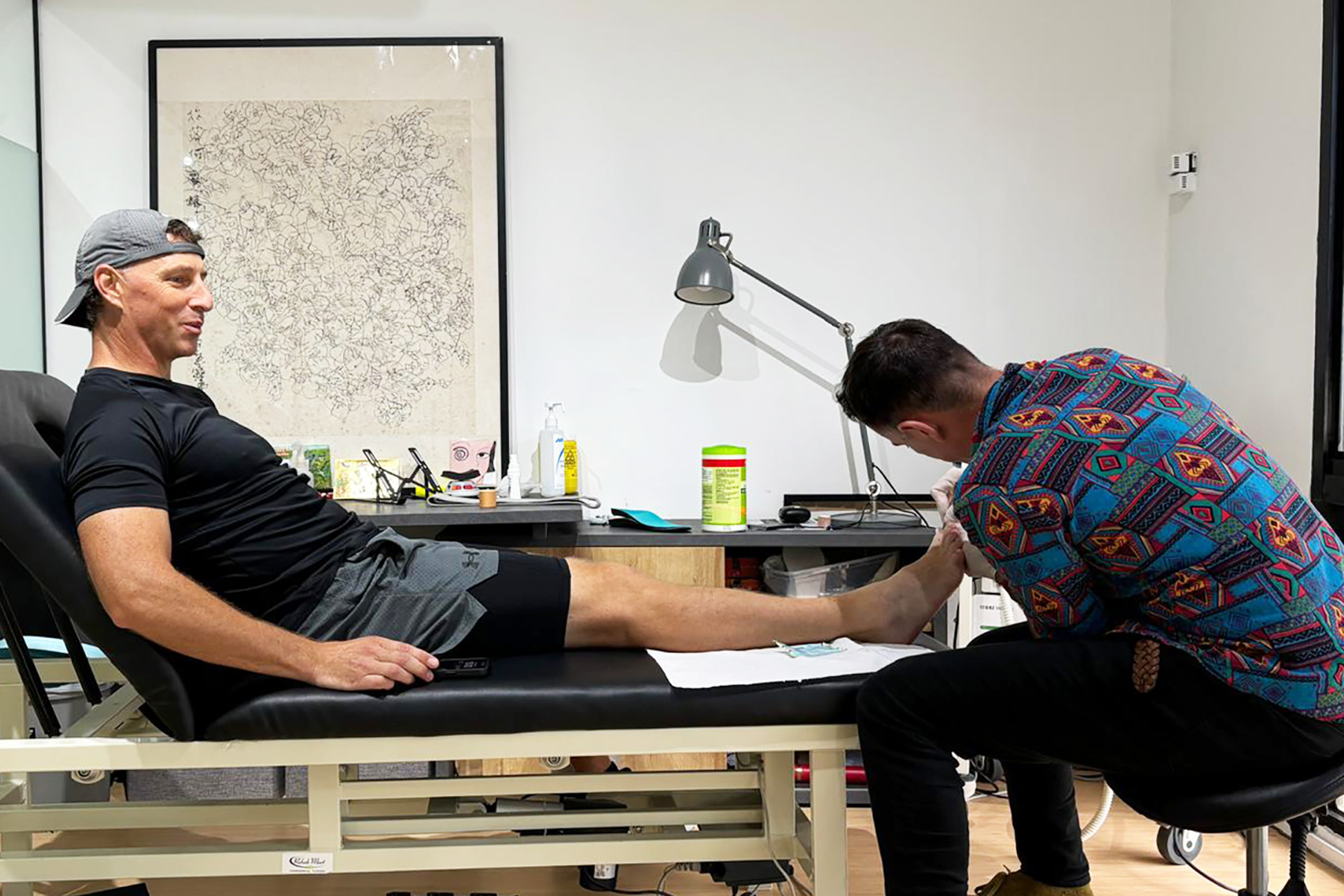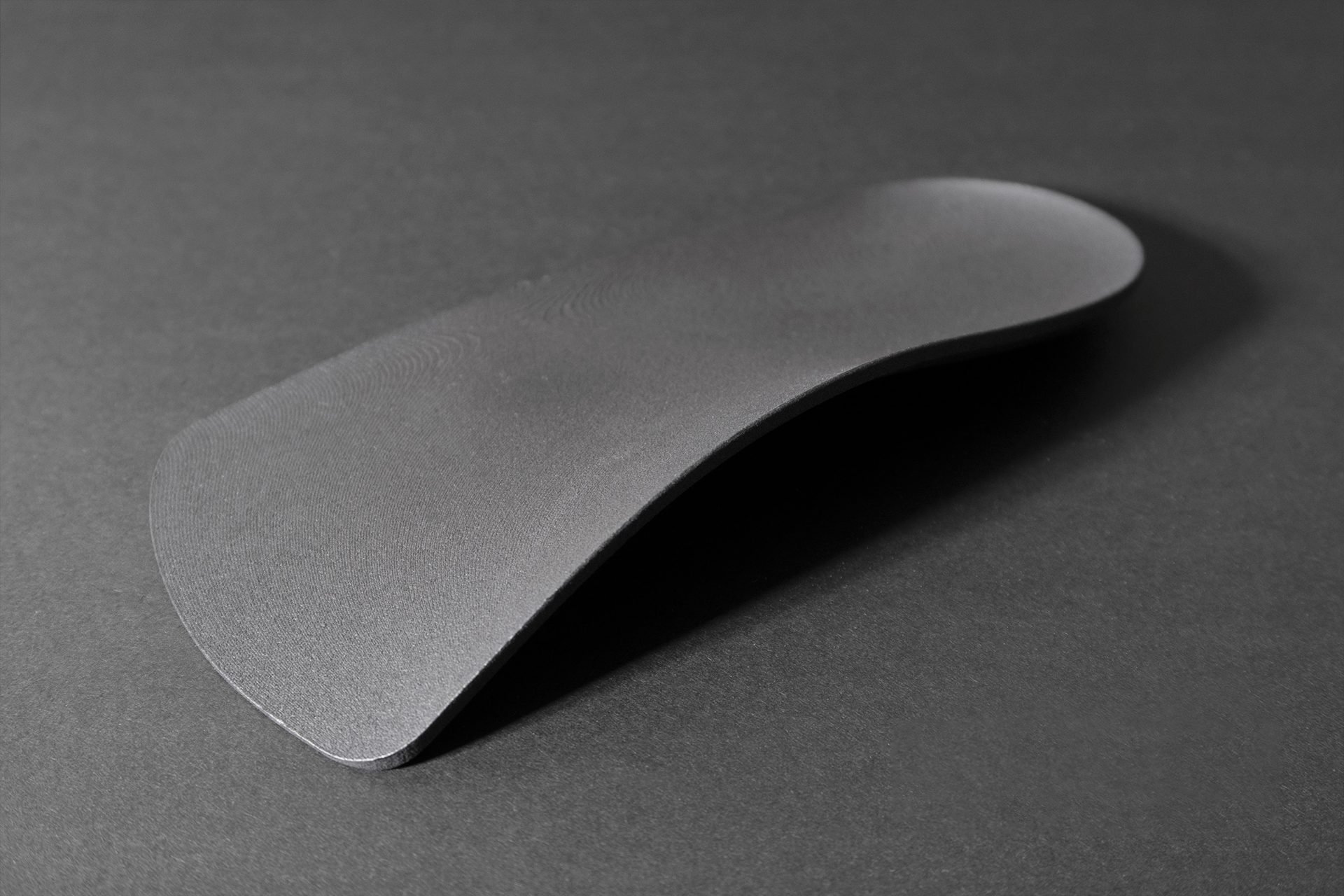Heel bone pain, or calcaneal pain, is a common problem affecting anyone at any age. The heel bone, the calcaneus, is the largest bone in the foot. It is built to take a beating with every step. Pain in this area can be caused by overuse, injury, or underlying medical conditions, so it’s important to understand the cause of heel pain and treat it appropriately.
While occasional soreness may go away on its own, persistent or sharp pain should not be ignored. Without proper podiatric management, heel bone pain can worsen and affect your gait, posture and overall quality of life.
What is Heel Bone Pain?
Heel bone pain affects millions of people worldwide. The discomfort or pain in the heel area can be mild to severe and affect daily activities and the overall quality of life. The heel bone takes the impact of walking, running and standing. Due to its function, the heel bone is prone to injury from overuse or repetitive strain. If it’s injured, many daily activities become difficult or unduly strenuous.
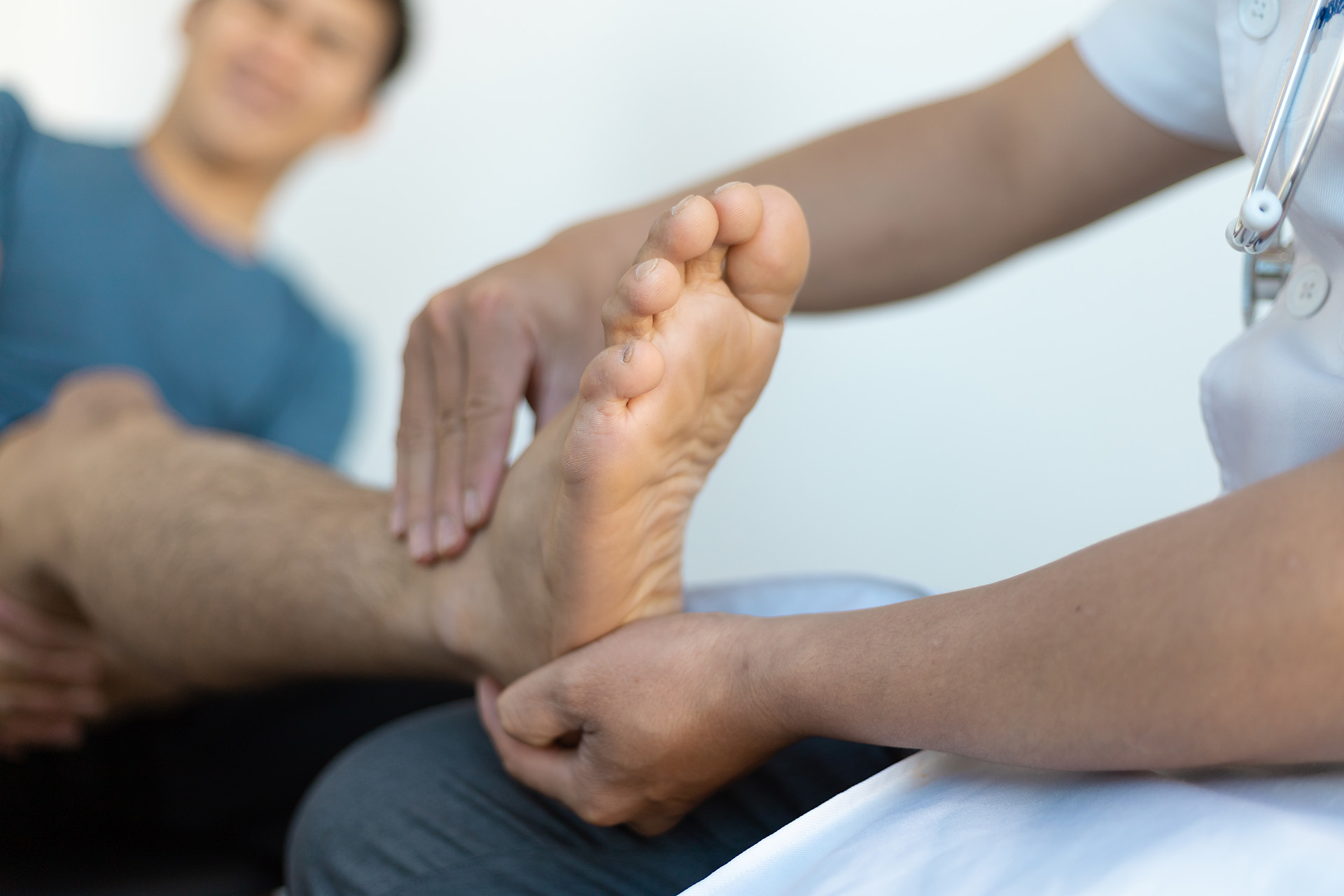
Heel Bone Pain Symptoms
Heel bone pain can present in many ways depending on the cause, including:
- Sharp, stabbing pain under the heel, especially in the morning (often linked to plantar fasciitis)
- Aching or throbbing discomfort after standing or walking for extended periods
- Tenderness and swelling at the back of the heel bone (typical in Achilles tendinitis and bursitis)
- Pain that worsens with activity and improves with rest (indicative of stress fractures)
- Burning or tingling sensations in the heel are sometimes associated with nerve irritation
Knowing the location and nature of the pain, whether it is side of heel bone pain or back of heel bone pain, helps podiatrists diagnose the underlying cause and treatment.
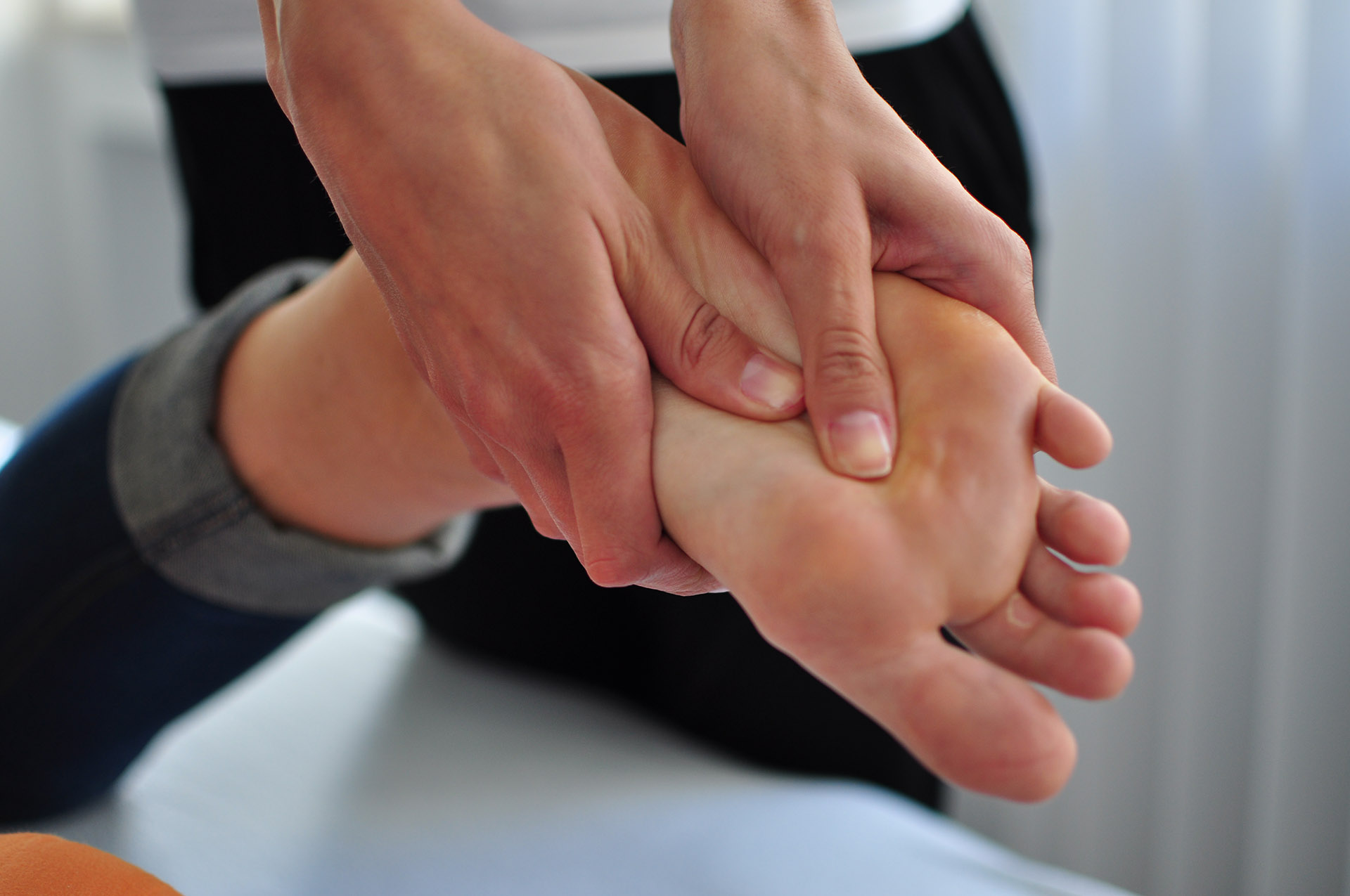
Heel Bone Pain Causes
Many conditions can cause heel bone pain, and understanding the causes of heel pain is key to proper treatment. Here are some of the most common causes that heel bone pain is a symptom of:
1. Plantar Fasciitis
Plantar fasciitis is the most common cause of heel bone pain, especially after running or standing for long periods. It occurs when the plantar fascia — the thick band of tissue connecting the heel bone to the toes—becomes inflamed. This inflammation causes stabbing pain, especially during the morning’s first steps, and tends to subside during the day.
2. Achilles Tendinitis
Pain at the back of the heel bone is often caused by Achilles tendinitis. This condition stems from repetitive strain on the Achilles tendon, which connects the calf muscles to the heel. Runners, athletes, and individuals with tight calf muscles are more prone to this condition.
3. Heel Spurs
Heel spurs are bony growths that develop on the underside of the heel bone due to long-term stress and overuse of the foot ligaments. While they often accompany plantar fasciitis, heel spurs can cause sharp pain, especially when walking or standing.
4. Sever’s Disease (in children and adolescents)
Heel bone pain in children and teenagers can result from Sever’s disease, an inflammation of the growth plate in the heel. This condition usually affects active children during their growth spurts.
5. Stress Fractures
Repetitive impact, especially from activities like running or jumping, can cause heel bone stress fractures. This condition causes heel bone pain. It often worsens with activity and improves with rest.
6. Bursitis
Inflammation of the bursa, a fluid-filled sac cushions the heel, can cause localised heel pain. Bursitis also often causes tenderness and swelling at the back of the heel bone.
7. Tarsal Tunnel Syndrome
Tarsal tunnel syndrome occurs when the posterior tibial nerve that runs along the inside of the ankle becomes compressed. This condition can cause burning heel bone pain, tingling and numbness that often radiates to the sole.
8. Haglund’s Deformity
Haglund’s deformity is a bony enlargement on the back of the heel often caused by pressure from tight shoes. It causes back-of-heel bone pain, redness and swelling, especially when wearing rigid footwear.
9. Rheumatoid Arthritis
Rheumatoid arthritis can cause inflammation in the heel joints, resulting in chronic heel bone pain. This autoimmune condition often affects both heels and may cause morning stiffness and swelling.
10. Nerve Entrapment (Baxter’s Nerve Entrapment)
Compression of the Baxter’s nerve, which runs along the heel bone, can cause medial heel bone pain. This condition is often misdiagnosed as plantar fasciitis but requires a different treatment approach.
11. Fat Pad Atrophy
As we age, the protective fat pad under the heel can thin out, resulting in reduced cushioning for the heel bone. This condition is common in older adults and individuals who spend long hours on their feet.
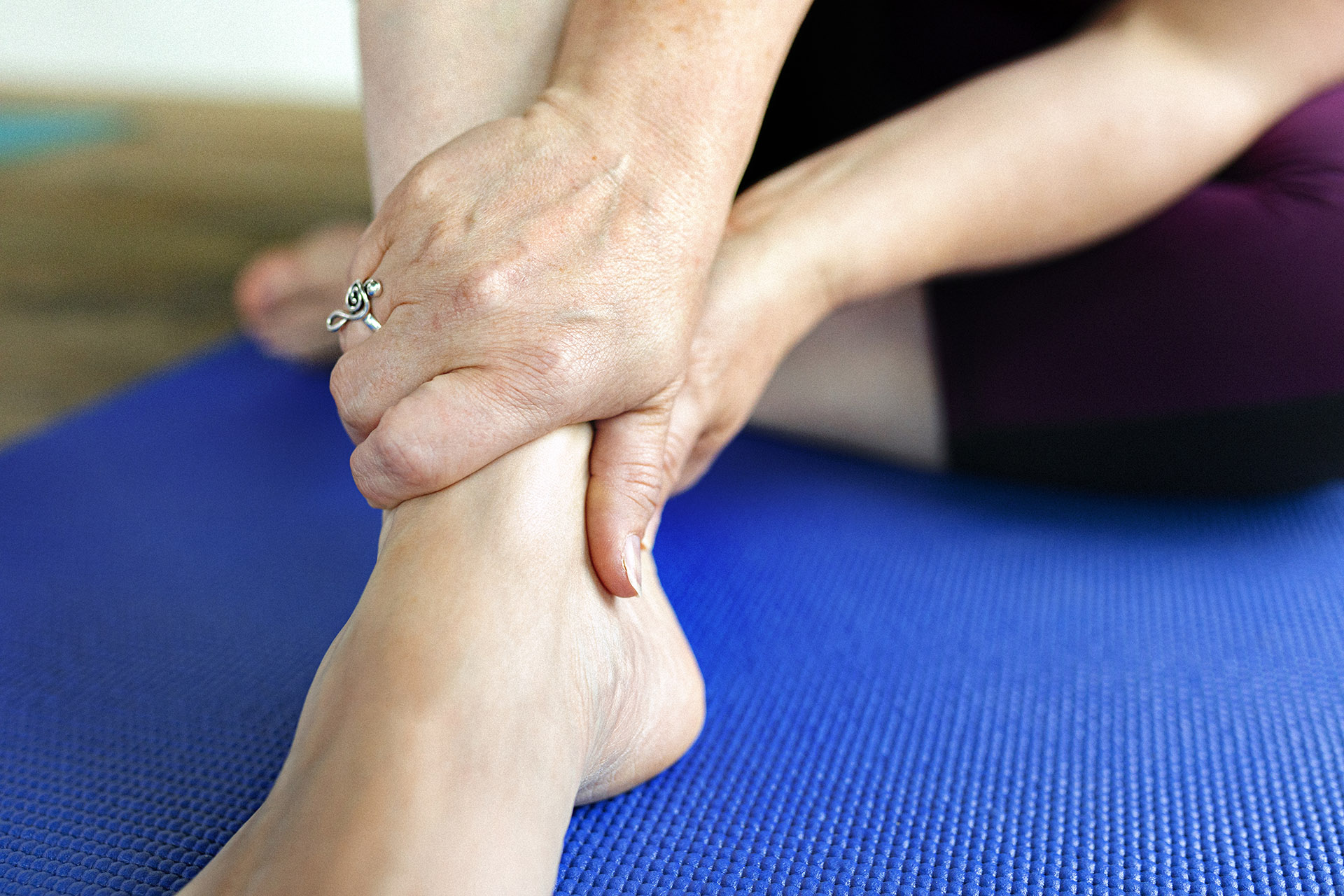
Chronic Heel Pain
Chronic heel pain can be debilitating and affect your daily activities. Managing this type of pain requires a holistic approach, combining both conservative and non-invasive treatments. These include resting the affected foot, icing to reduce inflammation, and performing specific exercises to stretch the plantar fascia and Achilles tendon.
Physical therapy is another important part of managing chronic heel pain. A podiatrist will guide you through exercises to stretch and strengthen the muscles supporting the heel, like the calf muscles. This not only relieves pain but also prevents future injuries. A night splint can keep the foot in a stretched position overnight, promoting healing. Arch supports or custom orthotics can also provide support to reduce stress on the heel.
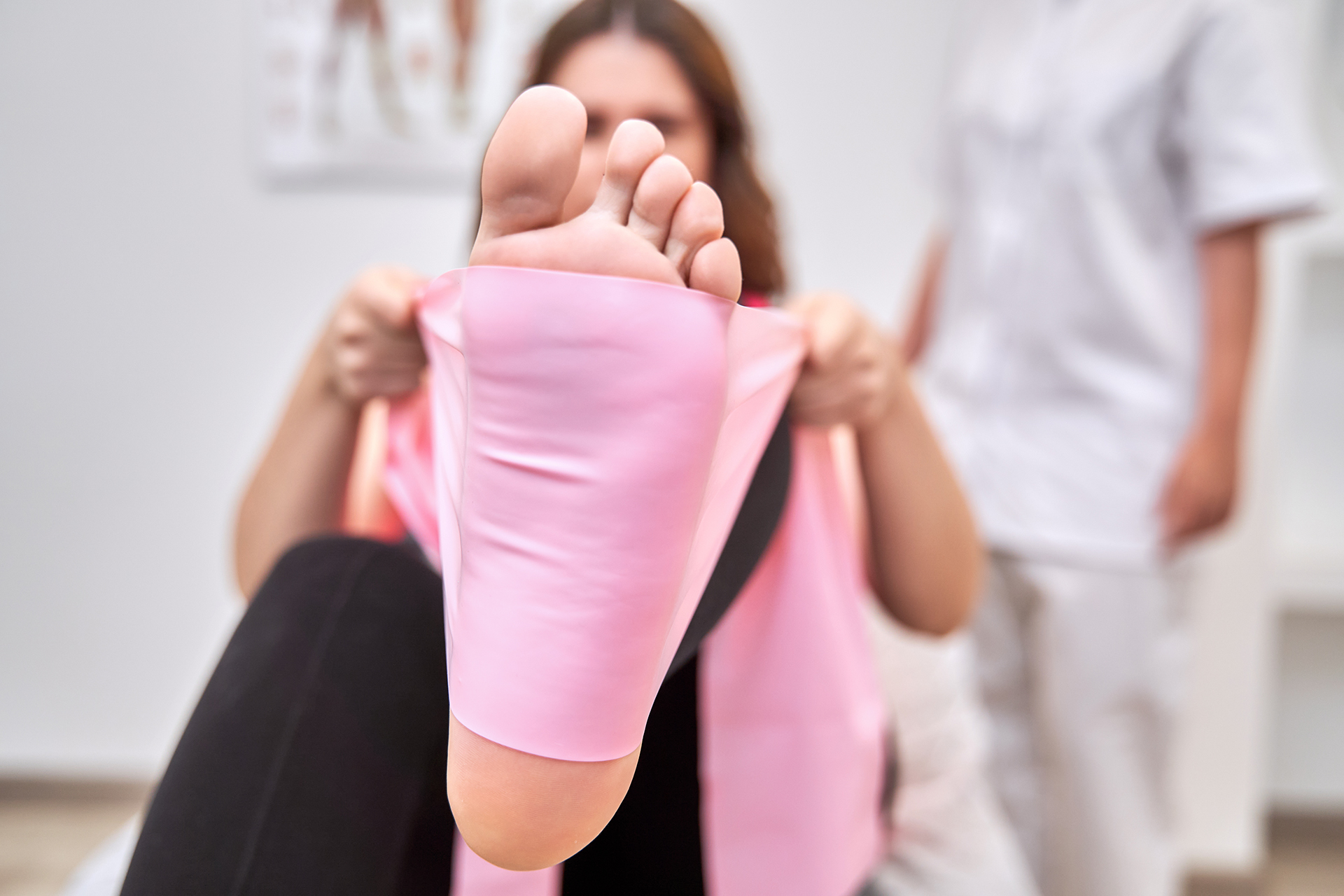
How Podiatry Can Help
Finding the right intervention for heel bone pain starts with a proper diagnosis and understanding the underlying cause. Our podiatrists at The Foot Practice will begin by assessing your symptoms and performing a physical examination to find the source of the pain. Diagnostic imaging like X-rays may be used to check for arthritis, bone fractures, bone misalignment, or joint damage. In some cases, MRI (magnetic resonance imaging) and an ultrasound may be needed to uncover soft tissue problems that are not visible on X-rays.
While there is no single heel bone pain remedy, there are a range of treatment options once the cause of the heel bone pain is diagnosed. These include:
1. Footwear Assessments for Optimal Support
One of the simplest ways to alleviate heel bone pain is by wearing proper footwear. A podiatrist-led footwear assessment ensures shoes provide adequate arch support, heel cushioning and shock absorption. This is especially important for individuals who experience heel bone pain after running or standing for long periods.
2. Custom Orthoses for Biomechanical Correction
Orthotic devices can manage heel bone pain by correcting foot alignment and evenly distributing pressure. Custom orthoses are tailored to the individual’s foot structure, providing optimal support and relieving stress on the heel.
3. Mobilisation Exercises to Improve Flexibility and Strength
Targeted mobilisation exercises can reduce heel bone pain by stretching and strengthening the foot and lower leg muscles. Exercises like calf, heel raises, and plantar fascia stretches improve flexibility and promote better foot mechanics.
4. Shockwave Therapy for Pain Relief and Healing
Shockwave Therapy is a non-invasive treatment that stimulates healing in damaged tissues through high-energy sound waves. This therapy is particularly effective for chronic conditions like plantar fasciitis and Achilles tendinitis, providing significant heel bone pain relief without surgery.
5. 3D Infrared Gait Analysis
Understanding how you walk is key to treating your heel bone pain. 3D Infrared Gait Analysis shows how you distribute your weight across your feet. By identifying imbalances, our podiatrists can recommend targeted interventions to correct your foot mechanics and reduce heel bone pain.
6. RehaWalk®
The RehaWalk® pressure sensor treadmill is a state-of-the-art tool for analysing and improving your gait. Real-time feedback helps you adopt better movement patterns, reduce stress on your heel, and promote recovery. This is especially helpful if you have heel bone pain from running or high-impact activities.
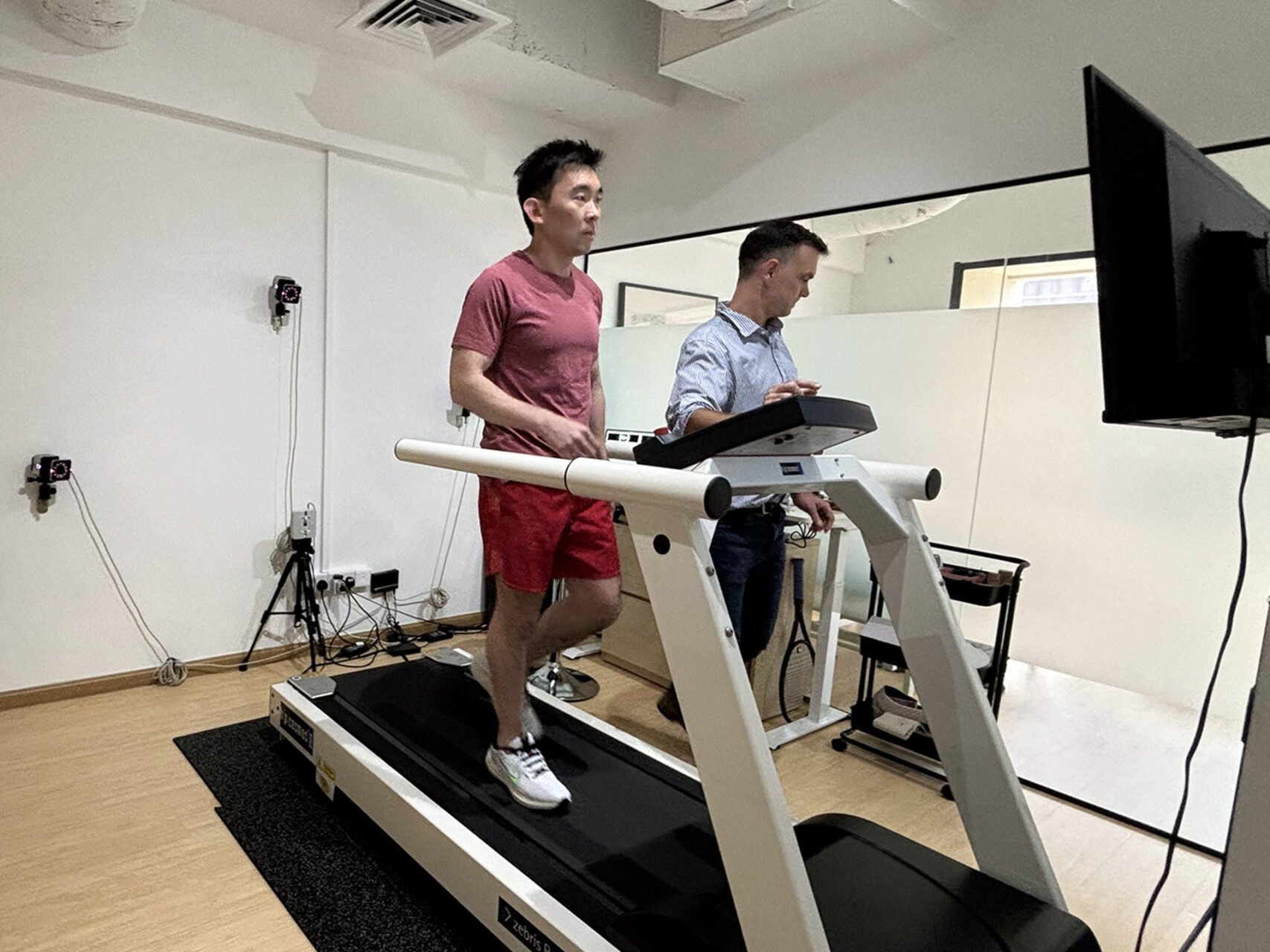
Long-Term Strategies to Prevent Heel Bone Pain
While podiatric treatment relieves heel bone pain, prevention is just as important. Here are some strategies to keep heel pain away:
- Choose Supportive Footwear: Wear shoes with arch support, cushioning and a firm heel counter
- Maintain a Healthy Weight: Excess weight increases pressure on the heel bone
- Stretch and Strengthen: Regular calf and foot exercises can prevent stiffness and improve resilience
- Gradually Increase Activity: Avoid sudden increases in activity intensity to prevent overuse injuries
- Monitor Running Form: If you have heel bone pain from running, consider a gait analysis to identify and correct biomechanical issues.
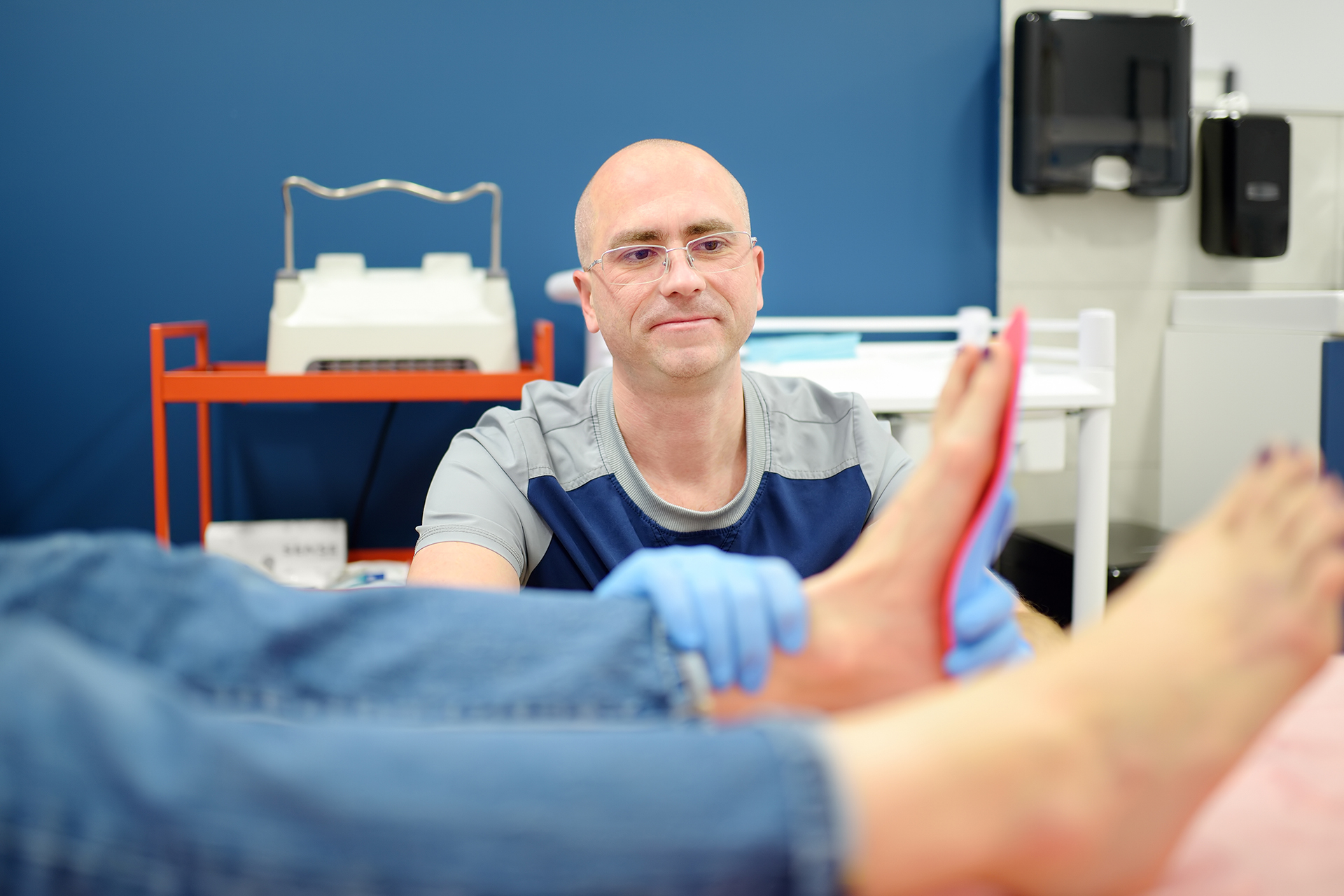
Complications of Untreated Heel Bone Pain
Ignoring heel bone pain can lead to several complications that can significantly impact your life. Over time, untreated heel bone pain can lead to chronic pain and limited mobility, as the discomfort may cause you to alter your gait or avoid putting weight on the affected foot.
Untreated heel bone pain can lead to other conditions, exacerbating the existing heel pain. These include plantar fasciitis, Achilles tendinitis, and heel spurs.
In severe cases, untreated heel bone pain can lead to bone spurs forming, making pain worse and walking or standing even more challenging. If heel bone pain persists or worsens over time, seeking medical attention is important. Early intervention can prevent these complications and maintain mobility and quality of life.
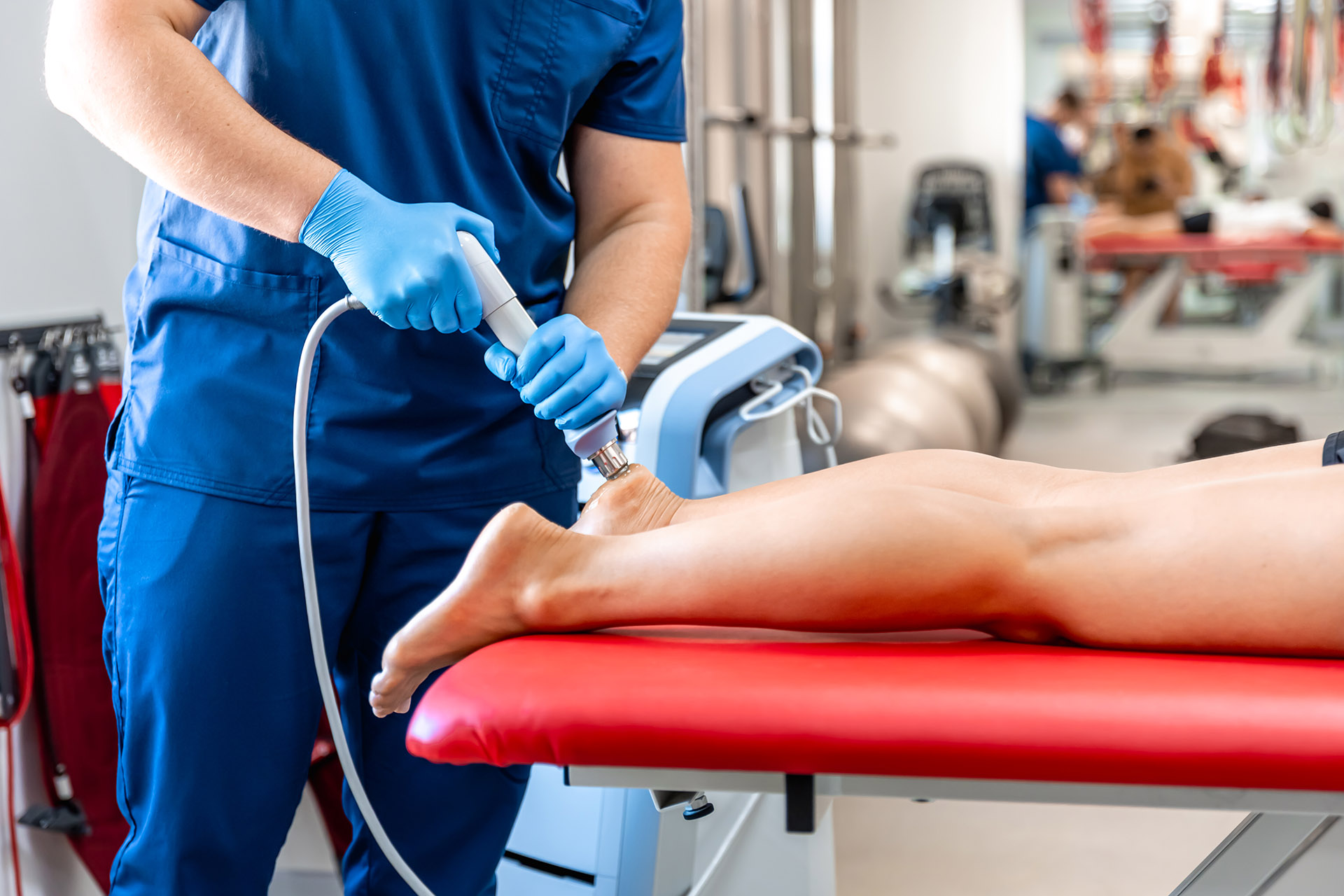
When to see a Podiatrist
If heel bone pain persists despite rest and home remedies, it’s time to see a podiatrist. You can get lasting relief with modern podiatric care, which includes footwear assessments, orthoses, Shockwave Therapy and RehaWalk® gait rehabilitation. Contact The Foot Practice today to book a consultation to manage your heel bone pain.

